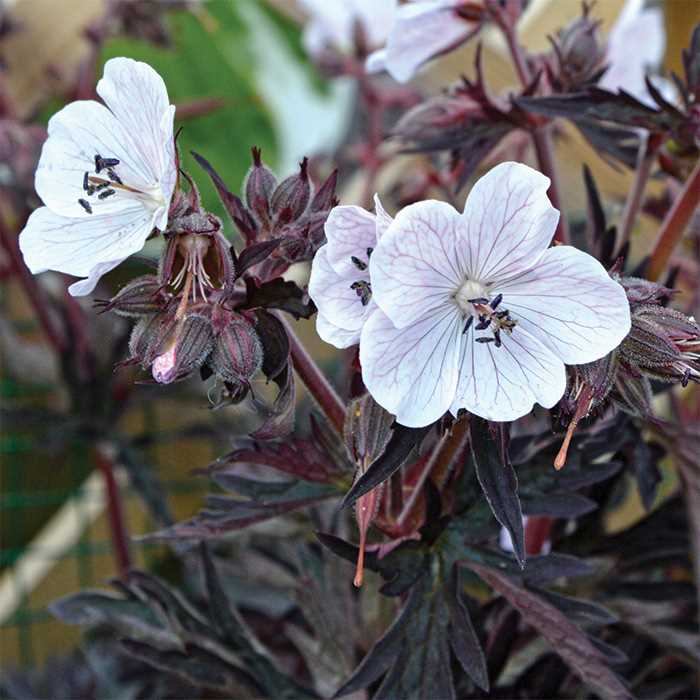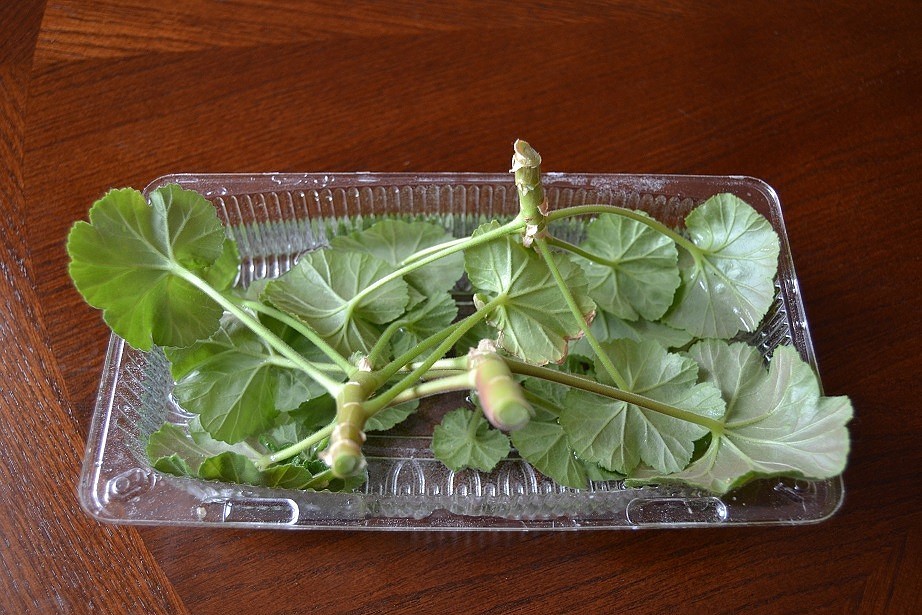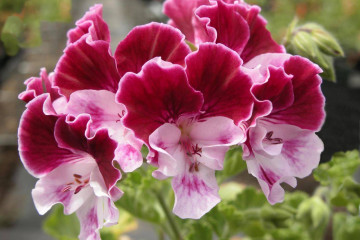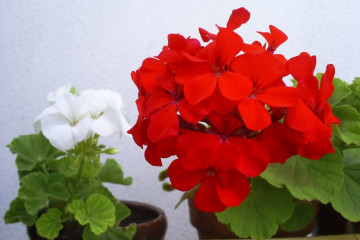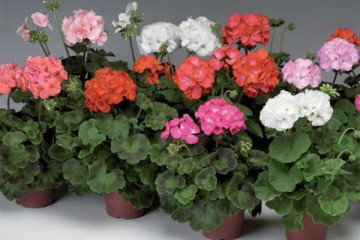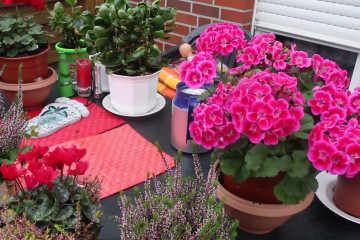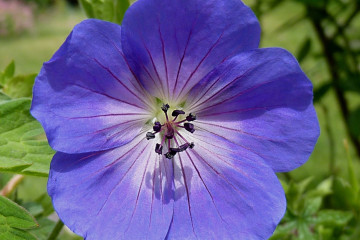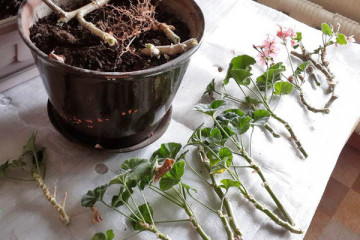Wild geranium meadow
Content:
Meadow geranium is an ornamental plant with attractive blue and purple flowers. Having met a clearing with blue flowers on the way, it will be difficult to look away from it. Not only bright inflorescences, but also carved leaves are decorative. Since the plant loves good lighting, it can be found not only in fields and meadows, but also at the edges of the forest, as well as in the landscape design of garden plots.
Wild geranium meadow - what kind of flower
Field geranium or, as it is also called, wild geranium is a flowering plant that is easy to plant on your personal plot. Despite the fact that the plant really grows better in the wild, with good care it can give a high decorative effect even in captivity.
This botanical species has long taken root in the plots. The characteristic of the plant allows it to be grown in central and southern Russia, and it tolerates cold winters well.
A brief description of where it grows in the wild
Science relates meadow geranium to the family of the same name. The geranium plant loves open areas and moist soil. The flower reaches a height of 20–80 cm, depending on how fertile the soil is. The flower has a powerful root system, it is cross-pollinated. From the beginning to the middle of summer, active flowering occurs, and at the end of the season fruiting begins.
Medicinal properties and contraindications for use
Meadow geranium has medicinal properties. Since the 16th century, it has been used as a medicinal plant. Grass and rhizome were used as raw materials. Chemists claim that the plant contains vitamin K, essential oils, keratin and ascorbic acid.
Varieties bred on the basis of meadow geranium
On the basis of wild geranium, breeders have bred equally attractive plants. You should learn more about the most popular of them.
Purple birds
This plant is extremely attractive, but unpretentious to care for. The flower tolerates frost well, it reaches a height of 1 meter. The lush flower is quite large in size, its diameter is often 10 cm.The plant forms lush bushes. Geraniums are planted as a single plant or in a common flower bed. With any planting all summer, the plant will delight the gardener with beautiful blue and purple flowers.
Hocus Pocus
This geranium is perennial, has a shortened rhizome. The flower is purple lavender and the foliage is dark purple. Plant height is 40 cm, it blooms from June to the end of July.
Splish Splash
The inflorescences of this perennial bush are large enough, well open, painted in a lilac-white or white-blue tint. Some petals have interesting blotches. In landscape design, single plantings are made from this geranium or used in the creation of mixborders.
Purple gost
The name of the variety is translated as blue ghost.The plant is quite rare and amazing. The carved leaves of the flower are colored chocolate-purple, and the inflorescences are white. The contrast is very beautiful. The bush reaches a height of 50 cm, and blooms from early summer to mid-autumn.
Laura
The variety is very decorative. Geranium blooms with large white flowers, and the foliage has a beautiful openwork design. The plant is completely unpretentious to care for. In the wild, the variety grows in meadows, in mountainous areas and near small rivers. Small compact bushes are clearly visible during flowering.
Is it possible to transplant meadow geraniums to the site
To transplant meadow geraniums to a site, it is important to choose the right place for its growth. Light fertile soil will allow you to get a long and beautiful flowering. The flower itself does not like transplants; it can grow in one place for at least 10 years. If the landscape is boring, it can be diluted with a pelargonium flower. Variety selection will be an important criterion for good plant growth:
- Large-flowered geraniums will take root well in sunny, dry areas.
- Himalayan, Meadow and Magnificent geraniums will thrive in wet and warm areas.
- The Balkan variety prefers dry soil and almost complete shade.
- Swamp and Himalayan geraniums are not averse to growing in moist, shady places.
Features of growing and care
Geranium does not require special care. The main thing to do is to water the plant and weed. Geraniums are weeded in May, when there is not much foliage on the flower. This will be beneficial for the root system, so it will receive more oxygen. If the gardener is critically short of time for loosening, stunted bushes can be planted between the geraniums and mulching can be carried out.
The regime of water procedures for the crane is extremely important. The plant categorically does not tolerate drought, but abundant watering often leads to problems in the form of rotten roots.
Propagating wild geraniums using cuttings, seeds or cuttings
Geranium can be propagated by seeds and vegetatively. Garden varieties are rarely propagated by seeds. This is due to the difficult process of germinating the material. Plus, the seeds are extremely difficult to harvest. While the grower waits for them to ripen, they are scattered naturally.
Purchased seeds can be planted just before winter. After collecting them at the end of summer, they start sowing in the fall so that the seedlings can take root by the onset of cold weather. It is very reliable to plant seeds in winter when the soil is already frozen. So the seedlings will appear with the onset of spring.
Most often, geraniums are propagated by cuttings. In this case, you can do without shelters and the use of phytohormones. For planting, small pots are selected, which are filled with sand and a nutrient mixture. It is important to water regularly until fully rooted.
With the help of air layers, by spring it is possible to get a full-fledged plant with a developed root system. The method is quite simple. You just need to bend the shoots of the flower to the ground and lower them into the prepared furrows, and then cover them with soil.
Growing problems, diseases and pests
Geraniums are often attacked by pests. Most often these are aphids, scale insects, whiteflies, or ticks. To combat insects, you should immediately apply insecticides. One treatment will not be enough, so in a week you will have to repeat the procedure.
If the plant is not watered enough, its foliage will turn yellow. With a lack of light, the stem is strongly exposed. Fungal pathologies often bother geraniums. These are powdery mildew and brown spot diseases.Biofungicides help to get rid of diseases, but only in the early stages of their development. If the lesion has become extensive, it is better to dig up and destroy the bush.
Forest and meadow geraniums not only have healing properties, but also have a high decorative effect. Having planted this plant, the gardener will no longer be able to deny himself the pleasure of trying new varieties.

